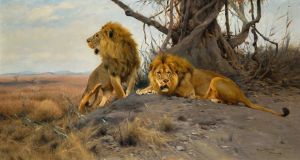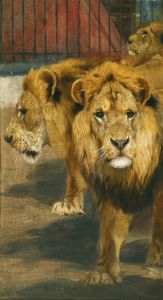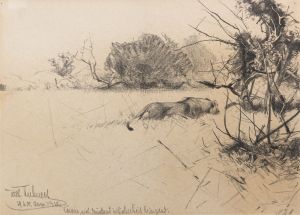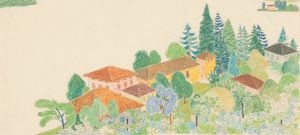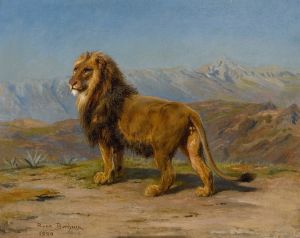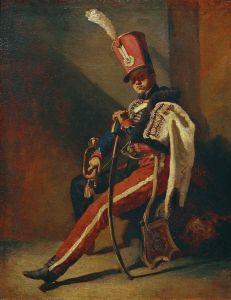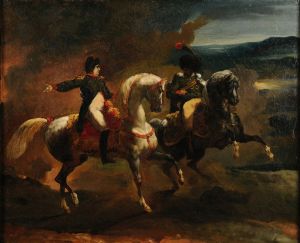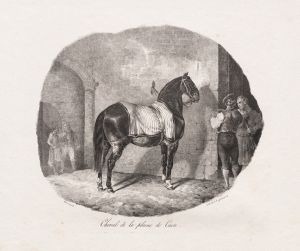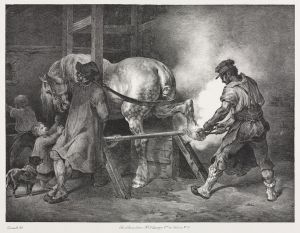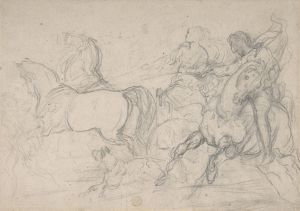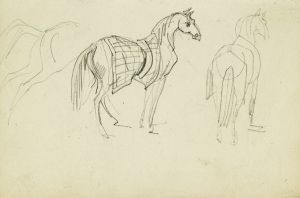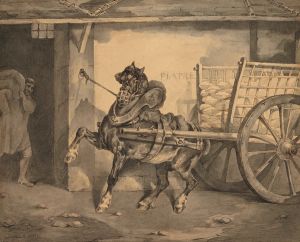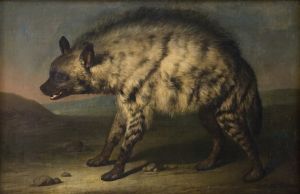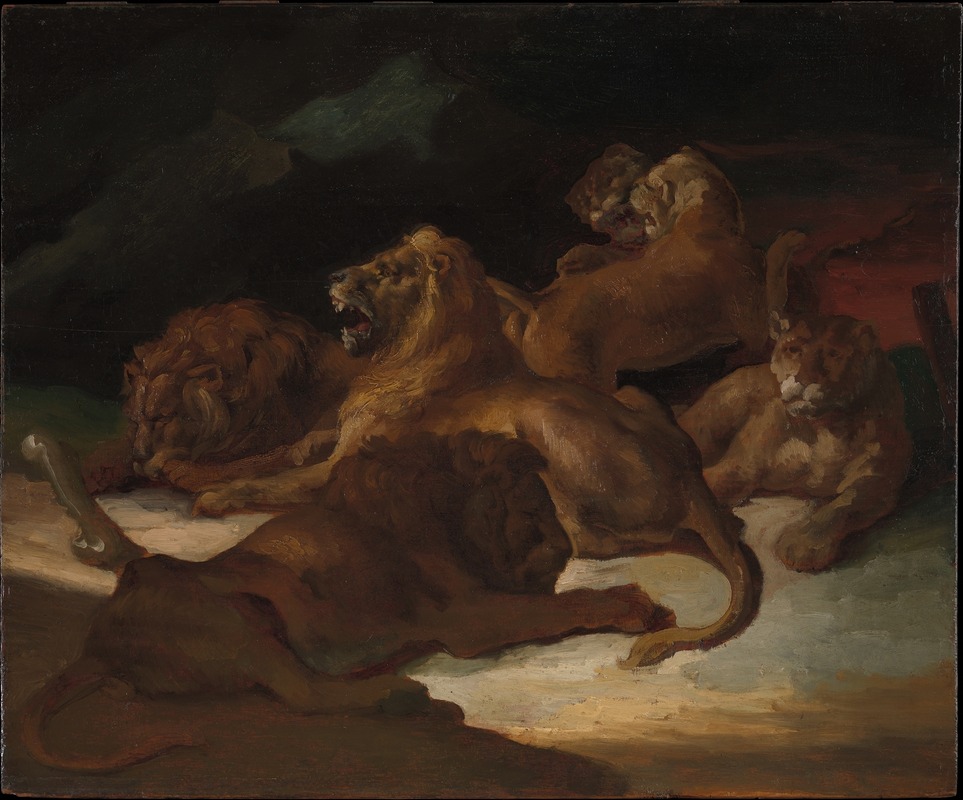
Lions in a Mountainous Landscape
A hand-painted replica of Théodore Géricault’s masterpiece Lions in a Mountainous Landscape, meticulously crafted by professional artists to capture the true essence of the original. Each piece is created with museum-quality canvas and rare mineral pigments, carefully painted by experienced artists with delicate brushstrokes and rich, layered colors to perfectly recreate the texture of the original artwork. Unlike machine-printed reproductions, this hand-painted version brings the painting to life, infused with the artist’s emotions and skill in every stroke. Whether for personal collection or home decoration, it instantly elevates the artistic atmosphere of any space.
Théodore Géricault, a prominent French Romantic painter, is best known for his dynamic compositions and powerful depictions of human and animal subjects. One of his lesser-known works, "Lions in a Mountainous Landscape," exemplifies his fascination with the natural world and his skill in capturing the essence of his subjects.
Géricault was born in 1791 in Rouen, France, and became a pivotal figure in the Romantic movement. His most famous work, "The Raft of the Medusa," established him as a master of dramatic intensity and emotional depth. While "Lions in a Mountainous Landscape" does not share the same level of fame, it reflects his continued interest in exploring themes of nature and the wild.
"Lions in a Mountainous Landscape" is a painting that showcases Géricault's ability to depict animals with a sense of realism and vitality. The painting features a group of lions set against a rugged, mountainous backdrop. The landscape is rendered with a keen attention to detail, highlighting the dramatic interplay of light and shadow that characterizes much of Géricault's work. The lions themselves are portrayed with a sense of majesty and power, their muscular forms and intense gazes capturing the viewer's attention.
Géricault's interest in animal subjects was not uncommon during his time. The Romantic era saw a growing fascination with the natural world, and artists often sought to capture the untamed beauty and raw power of animals. Géricault, in particular, was known for his studies of horses and other animals, which he often sketched from life. His ability to convey the physicality and spirit of his animal subjects is evident in "Lions in a Mountainous Landscape."
The painting also reflects Géricault's skill in composition and his understanding of the dramatic potential of his subjects. The lions are positioned in a way that suggests movement and tension, as if they are poised to spring into action. This sense of dynamism is enhanced by the rugged terrain, which adds a sense of drama and grandeur to the scene.
While specific details about the creation and history of "Lions in a Mountainous Landscape" are limited, the painting is consistent with Géricault's broader body of work. His interest in the sublime and the powerful forces of nature is a recurring theme in his art, and this painting is a testament to his ability to capture these elements with skill and sensitivity.
Géricault's influence on the Romantic movement and subsequent generations of artists is significant. His work paved the way for a more expressive and emotive approach to art, and his depictions of animals and landscapes continue to be admired for their technical proficiency and emotional impact.
In summary, "Lions in a Mountainous Landscape" is a compelling example of Théodore Géricault's talent and his engagement with the themes of nature and the wild. The painting's dramatic composition and lifelike portrayal of its subjects reflect the artist's mastery of his craft and his enduring legacy in the world of art.






